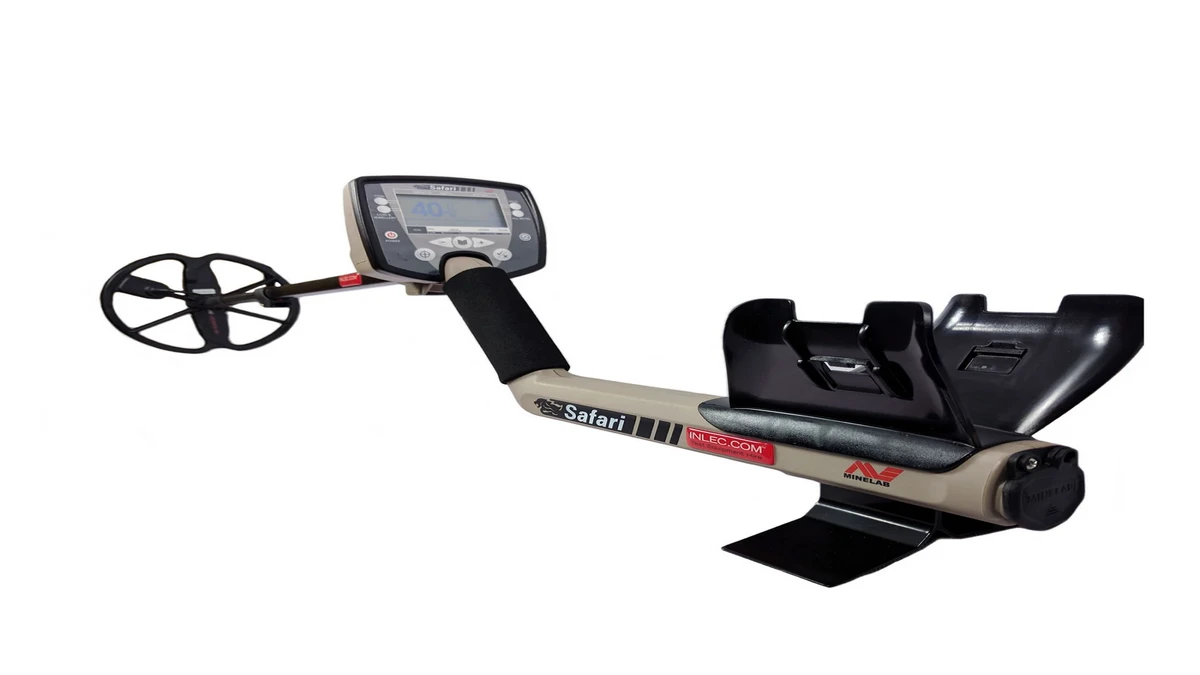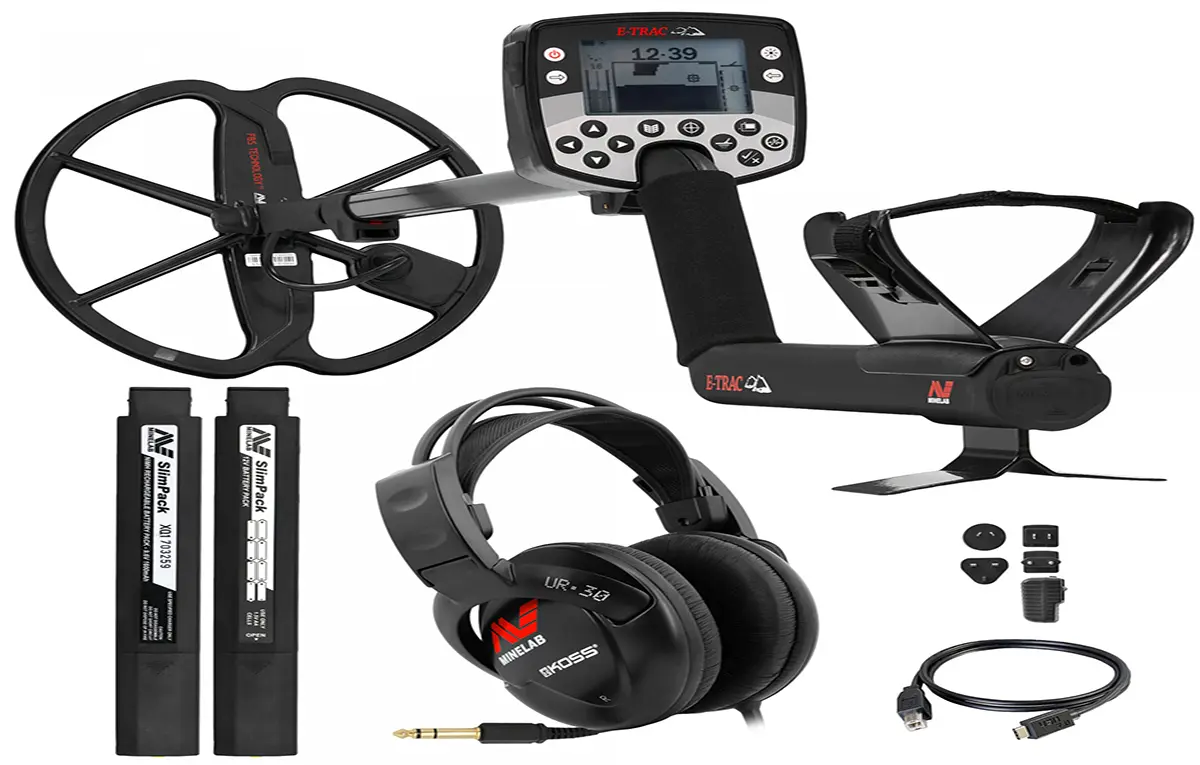Hand Held Metal Detectors (HHMD): The Ultimate Tool for Security and Treasure Hunting
Hand Held Metal Detectors (HHMD) are devices that can detect the presence of metal objects concealed on a person’s body or inside their belongings. They are widely used for security and safety purposes, such as screening passengers at airports, checking visitors at prisons, courthouses, or stadiums, and locating weapons, contraband, or explosives. Hand Held Metal Detectors (HHMD) are also used for hobby and recreational purposes, such as treasure hunting, gold prospecting, or archaeology. In this article, we will explain how Hand Held Metal Detectors (HHMD) work, what are the different types and models available, and what are the features and functions that make them effective and user-friendly.

How Hand Held Metal Detectors (HHMD) Work
Hand Held Metal Detectors (HHMD) work by using electromagnetic fields to identify magnetic field shifts produced by the presence of a metal object. The device has a coil of wire, called the search coil, that generates an alternating current, which creates a magnetic field around it. When the device is moved near a metal object, the magnetic field is disturbed, and the device detects the change in the magnetic field. The device then emits an alarm, such as a sound, a light, or a vibration, to alert the operator that a metal object has been found.
The sensitivity and depth of detection of a Hand Held Metal Detectors (HHMD) depend on several factors, such as the size, shape, composition, and orientation of the metal object, the frequency and power of the device, the soil type and mineralization, and the interference from other metal objects or sources.
Generally, the larger, more conductive, and closer to the surface the metal object is, the easier it is to detect. The higher the frequency and power of the device, the more sensitive and deeper it can detect. The less mineralized and iron-rich the soil is, the less interference and false signals it will cause. The fewer and farther away the other metal objects or sources are, the less confusion and masking they will create.
Types and Models of Hand Held Metal Detectors (HHMD)
There are many types and models of Hand Held Metal Detectors (HHMD) available on the market, each with its own advantages and disadvantages. Some of the most common and popular types and models are:
- Pinpointers: These are small and compact metal detectors that are used to locate the exact position of a metal object that has been detected by a larger metal detector. They are useful for speeding up the recovery process and avoiding unnecessary digging. They are also handy for scanning small areas or tight spaces, such as crevices, holes, or cracks. Some examples of pinpointers are the Garrett Pro-Pointer AT, the Kuman Pinpointer, and the SUNPOW Metal Detector Pinpointer.
- Security Wands: These are medium-sized and ergonomic metal detectors that are used to scan people or objects for concealed metal items, such as weapons, knives, or keys. They are ideal for security and safety applications, such as screening passengers, visitors, or inmates. They are also easy to use and operate, as they have simple controls and indicators. Some examples of security wands are the Garrett Superwand, the RANSENERS Metal Detector Wand, and the CEIA PD140N.
- Hobby and Recreational Detectors: These are large and powerful metal detectors that are used to search for metal objects of interest or value, such as coins, jewelry, relics, or gold. They are suitable for hobby and recreational purposes, such as treasure hunting, gold prospecting, or archaeology. They are also versatile and customizable, as they have multiple modes, settings, and features. Some examples of hobby and recreational detectors are the Minelab Equinox 800, the Garrett Ace Apex, and the Fisher Axiom.
Features and Functions of Hand Held Metal Detectors (HHMD)
Hand Held Metal Detectors (HHMD) have various features and functions that make them effective and user-friendly. Some of the most common and important features and functions are:
- Multi-Frequency Technology: This is a technology that allows the metal detector to operate on multiple frequencies simultaneously, which enhances its detection depth, speed, and accuracy. It also enables the metal detector to adapt to different soil types, depths, and target sizes. Some examples of metal detectors that use this technology are the Minelab Equinox 800, the Garrett Ace Apex, and the CEIA PD140N.
- Waterproof Capability: This is a feature that allows the metal detector to be fully submersible, which means that it can be used in wet and dry environments, such as beaches, lakes, rivers, and oceans. It also protects the metal detector from water damage and corrosion. Some examples of metal detectors that have this feature are the Garrett Pro-Pointer AT, the Minelab Excalibur II, and the SUNPOW Metal Detector Pinpointer.
- Target ID System: This is a system that shows the probable identity and conductivity of the detected target on a numerical scale, which helps the user to determine if the target is worth digging or not. It also helps the user to discriminate between valuable and junk items, and to identify different metals and depths. Some examples of metal detectors that have this system are the Minelab Equinox 800, the Garrett Ace Apex, and the CEIA PD140N.
- Wireless Audio System: This is a system that allows the user to hear the target tones clearly and comfortably, without the hassle of cords or wires. It also enhances the mobility and convenience of the user, and reduces the interference and noise from the surroundings. Some examples of metal detectors that have this system are the Minelab Equinox 800, the Garrett Ace Apex, and the Garrett AT Max.
- Programmable Signaling System: This is a system that allows the user to customize the metal detector according to their preferences and needs. It enables the user to change the sensitivity, the alarm types, the target ID range, and other parameters. It also allows the user to update the metal detector firmware and software, and to download the metal detector data and logs. Some examples of metal detectors that have this system are the CEIA PD140N, the Garrett Ace Apex, and the Fisher Axiom.
Hand Held Metal Detectors (HHMD) are devices that can detect the presence of metal objects concealed on a person’s body or inside their belongings. They are widely used for security and safety purposes, as well as for hobby and recreational purposes.
Hand Held Metal Detectors (HHMD) work by using electromagnetic fields to identify magnetic field shifts produced by the presence of a metal object. There are many types and models of hand held metal detectors available on the market, each with its own advantages and disadvantages. Hand Held Metal Detectors (HHMD) also have various features and functions that make them effective and user-friendly. Hand Held Metal Detectors (HHMD) are a useful and fascinating tool for anyone who wants to explore the hidden treasures of the world.




